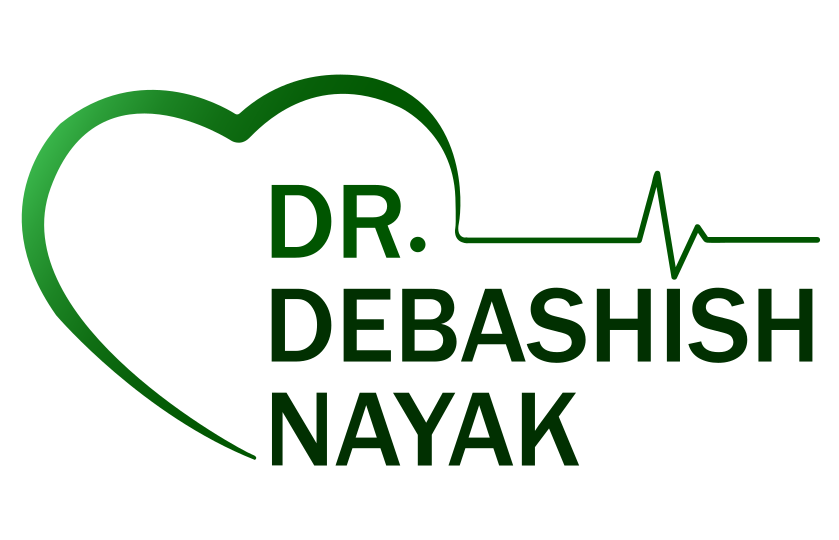
The aorta, the largest artery in the human body, plays a critical role in delivering oxygenated blood from the heart to the rest of the body. However, certain conditions, such as aortic aneurysm and dissection, pose a serious threat to this vital lifeline. In this blog post, we will explore aortic aneurysm repair and dissection, their significance, the surgical procedures involved, and the life-saving impact they have on patients’ cardiovascular health.
Understanding Aortic Aneurysm and Dissection:
An aortic aneurysm refers to an abnormal bulging or enlargement of the aorta, which can weaken the arterial wall and potentially lead to rupture if left untreated. On the other hand, aortic dissection occurs when a tear develops in the inner layer of the aorta, allowing blood to flow within the layers of the arterial wall. Both conditions require urgent medical attention to prevent life-threatening complications.
Aortic Aneurysm Repair: Safeguarding Against Rupture:
Aortic aneurysm repair is a surgical procedure aimed at preventing the rupture of an enlarged or weakened segment of the aorta. The two primary methods used for repair are open surgery and endovascular repair.
Open Surgery:
In open surgery, the surgeon makes an incision in the chest or abdomen, depending on the location of the aneurysm. The weakened section of the aorta is then replaced with a synthetic graft, restoring the structural integrity of the artery. Open surgery is typically performed for larger aneurysms or when the anatomy of the patient is not suitable for endovascular repair.
Endovascular Repair:
Endovascular repair is a minimally invasive procedure that involves the insertion of a stent graft through small incisions in the groin region. The stent graft is guided to the site of the aneurysm using imaging techniques and deployed to reinforce the weakened arterial wall. Endovascular repair offers a less invasive approach, with potentially shorter hospital stays and quicker recovery times.
Aortic Dissection Repair: Preserving Arterial Integrity:
Aortic dissection repair focuses on restoring the integrity of the aortic wall and preventing further tearing or complications. The two main approaches for aortic dissection repair are surgical repair and medical management.
Surgical Repair:
Surgical repair involves replacing the damaged segment of the aorta with a synthetic graft, similar to open surgery for aortic aneurysm repair. The surgeon removes the torn section of the aorta and replaces it with the graft, ensuring proper blood flow and preventing further dissection.
Medical Management:
In certain cases, medical management may be the preferred approach, particularly for patients with less severe dissections or those deemed unfit for surgery. Medications, such as beta-blockers and blood pressure-lowering drugs, are prescribed to control blood pressure and reduce the risk of further tearing.
Benefits and Considerations:
Aortic aneurysm repair and dissection repair offer significant benefits to patients:
Prevention of Life-Threatening Complications
By repairing or reinforcing the weakened or torn segments of the aorta, these surgical procedures help prevent rupture or further dissection, reducing the risk of life-threatening complications such as massive internal bleeding.
Restoration of Cardiovascular Health:
Aortic aneurysm repair and dissection repair aim to restore the structural integrity and functionality of the aorta, ensuring proper blood flow and preserving cardiovascular health.
Customized Treatment Approach:
The choice between open surgery, endovascular repair, or medical management depends on several factors, including the location, size, and severity of the condition.
Recent Posts
- Raising Awareness: Protecting Our Hearts and Lives from Rheumatic Heart Disease
- Empowering Surgeons: CME and Workshop on Vascular Injury Management
- Know more about rheumatic heart disease
- Mitral Valve Replacement: Restoring Cardiac Harmony and Quality of Life
- Aortic Aneurysm Repair & Dissection: Safeguarding the Lifeline of the Cardiovascular System



